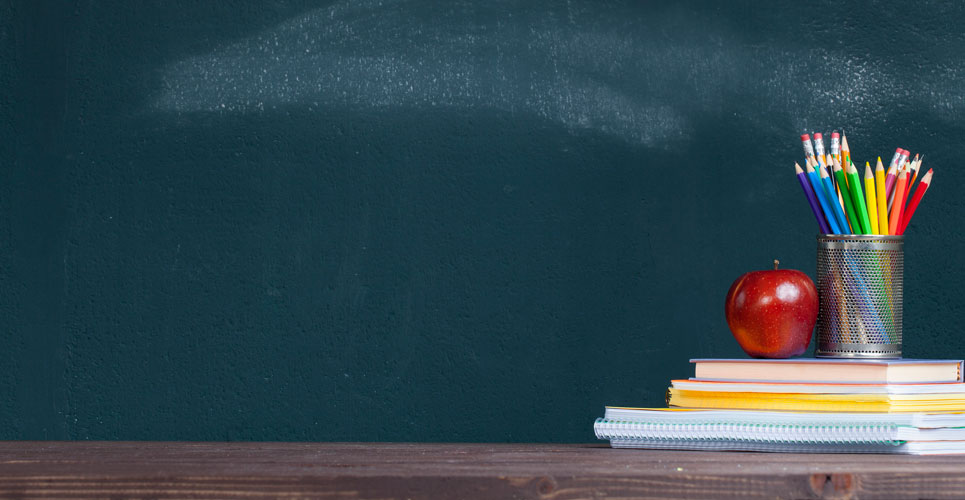Whether or not students and staff in schools are a transmission vector for COVID-19 is largely unknown. However, a US study has found that provided schools adopt mitigation strategies, this would reduce transmission of the virus.
With the majority of schools across the world closing to in-person teaching during the first wave of the COVID-19 pandemic in March 2020, children were forced into online learning. However, in July 2020, the governor of North Carolina, US, allowed schools to decide for themselves whether or not to re-open. If the schools decided to re-open, they were asked to utilise a hybrid teaching model that comprised a mixture of online and in-person teaching. Where schools were happy to adopt the model, a further requirement was that mitigation strategies including mask wearing, social distancing and hand-washing were implemented, together with daily symptom and temperature monitoring. Within this hybrid model, 50% of students attended schools for two-days each week (Monday–Tuesday or Thursday–Friday) with Wednesday reserved for cleaning. It was believed that this hybrid model would not result in significant transmission of COVID-19 and this was the hypothesis tested by a team from University School of Medicine, Duke Clinical Research Institute, North Carolina, US. The researchers examined the first nine weeks of teaching in participating schools and provided data on COVID-19 cases and secondary transmission within schools. They set the primary outcome as the number of within-school transmission cases of COVID-19.

Findings
From a possible 56 schools, 11 participated for the full 9-week programme involving more than 90,000 students and staff attending in-person. Among this total, there were 773 positive COVID-19 cases recorded which were deemed to be community-acquired, but only 32 cases were adjudicated to be secondary transmission, i.e., acquired through school. The authors determined that within the districts covered by the schools, the community transmission rate was 1–2 new COVID-19 infections per 1000 residents per week. Extrapolating this to the school environment, would suggest approximately 800–900 cases which was significantly higher than the 32 cases actual found in practice. The authors concluded that it was possible for schools to safely re-open, provided that appropriate mitigation policies were in place, the rate of secondary transmission was expected to be very low and unlikely to increase the community infection burden.
Citation
Zimmerman KO et al. Incidence and Secondary Transmission of SARS-CoV-2. Pediatrics 2021

